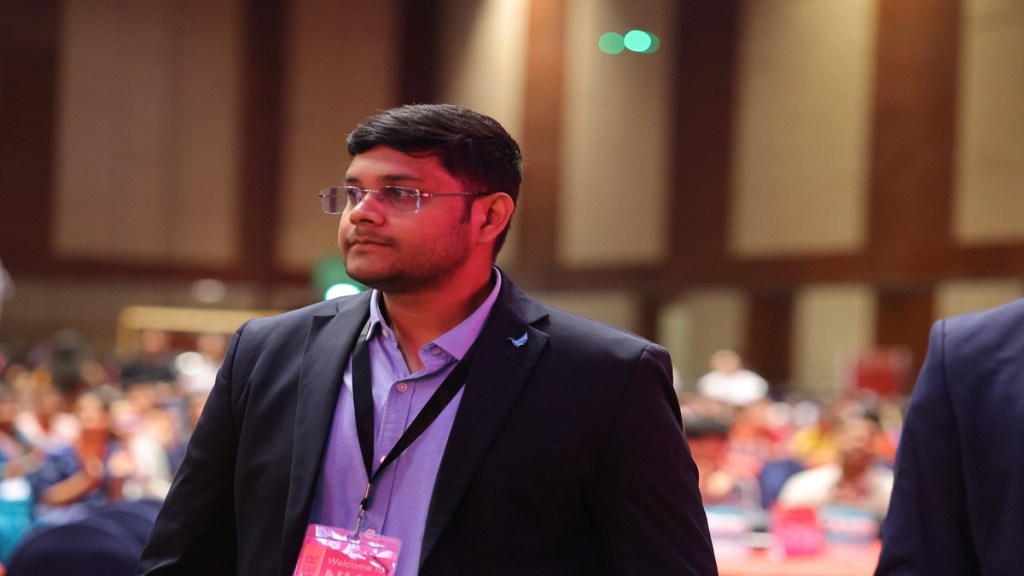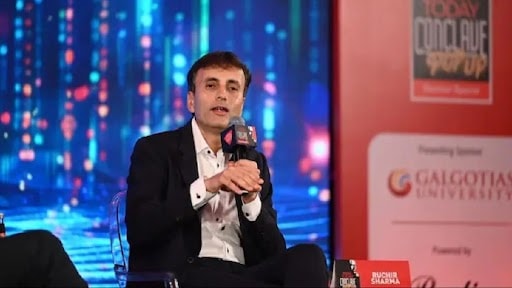NxtWave, the employability platform for tech careers, has partnered with TIER IV (inventor of Autoware, the world’s first open-source software for autonomous driving), Autoware Foundation (open-source ecosystem for autonomous mobility), and the National Skill Development Corporation (NSDC) to build the world’s largest autonomous vehicle (AV) developer community. “The aim is to equip Indian youth with future-ready skills in the AV sector, bridging the gap between academic curricula and industry requirements,” says Rahul Attuluri, co-founder & CEO of NxtWave, in an interview with FE’s Vikram Chaudhary. Excerpts:
How will this partnership work?
By bringing TIER IV’s open-source technology and global expertise, we aim to ensure that Indian students, researchers, and engineers gain direct exposure to real-world autonomous systems. And through the NSDC’s SkillUp India 4.0, we aim to upskill 3 million students and professionals annually in emerging technologies, including in hands-on AV development (practical training on Autoware’s software), industry-collaborative projects (students engage in real-world AV problem-solving), and academic & industry partnerships (setting up AV centres of excellence).
Is the AV technology all about self-driving cars?
No. Autonomous technology is not limited to self-driving cars – it is redefining multiple industries by enhancing efficiency, safety, and scalability. Some examples are:
Logistics and supply chain: Autonomous trucks and robotic warehousing systems are optimising deliveries, reducing operational costs, and improving efficiency.
Healthcare and emergency services: AI-driven autonomous ambulances and medical robots can accelerate critical healthcare responses.
Manufacturing and industrial automation: Autonomous forklifts, robotic assembly lines, and AI-powered quality control are already transforming industries.
Agriculture and smart farming: Self-driving agricultural robots and drones are improving crop monitoring and harvesting.
Do you foresee a lot of jobs in the autonomous technology space in the years to come?
This initiative is not just about jobs or upskilling, it’s also about shaping India’s leadership in physical AI. Over the next 5-10 years, we foresee the following:
Industry growth: India emerging as the hub of AV innovation, with companies developing autonomous mobility, robotics, and AI-driven automation.
Talent transformation: A new generation of AI-powered engineers driving innovation in AV, robotics, and smart automation.
Startup ecosystem expansion: With a strong AI and AV talent pool, we expect deep-tech startups to flourish in autonomous mobility, drones, and industrial automation.
Global recognition: India’s physical AI advancements can attract global investments and partnerships, solidifying its role in the AI revolution.
What we are essentially doing is that by aligning education with industry innovation, we aim to create job-ready talent, accelerate AI adoption, and ensure India leads the global physical AI movement.







